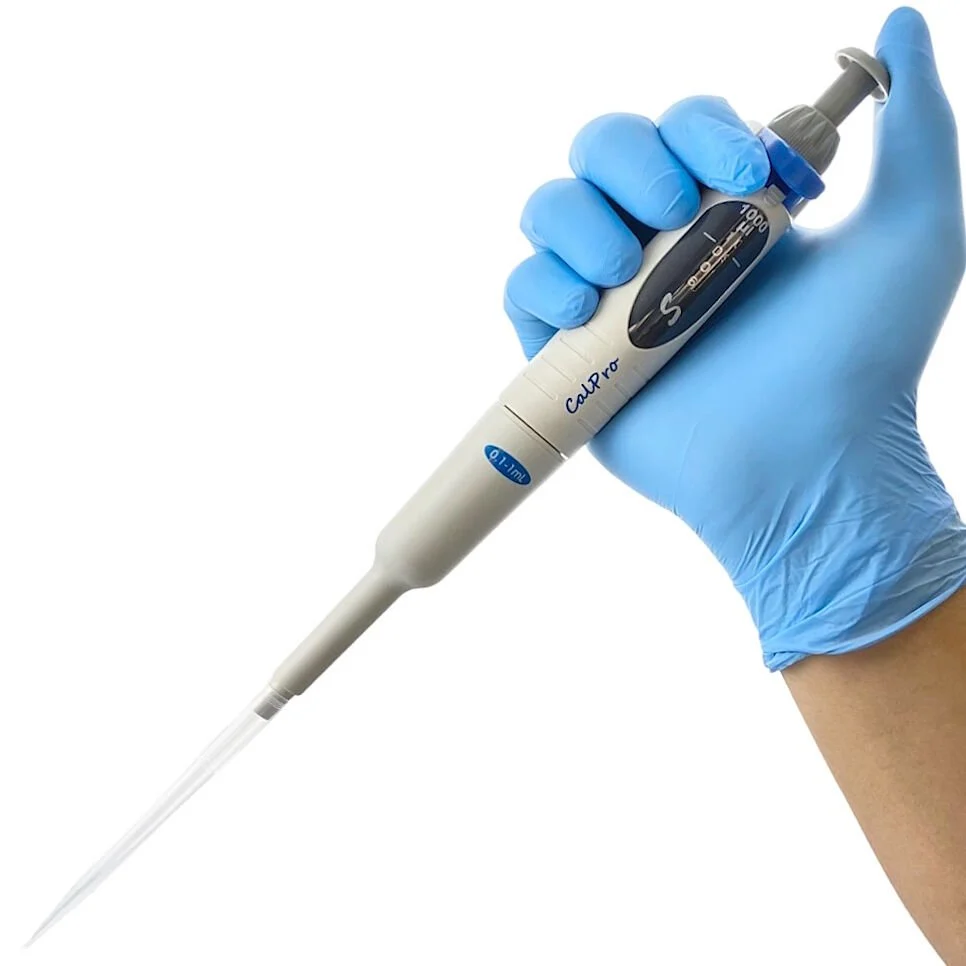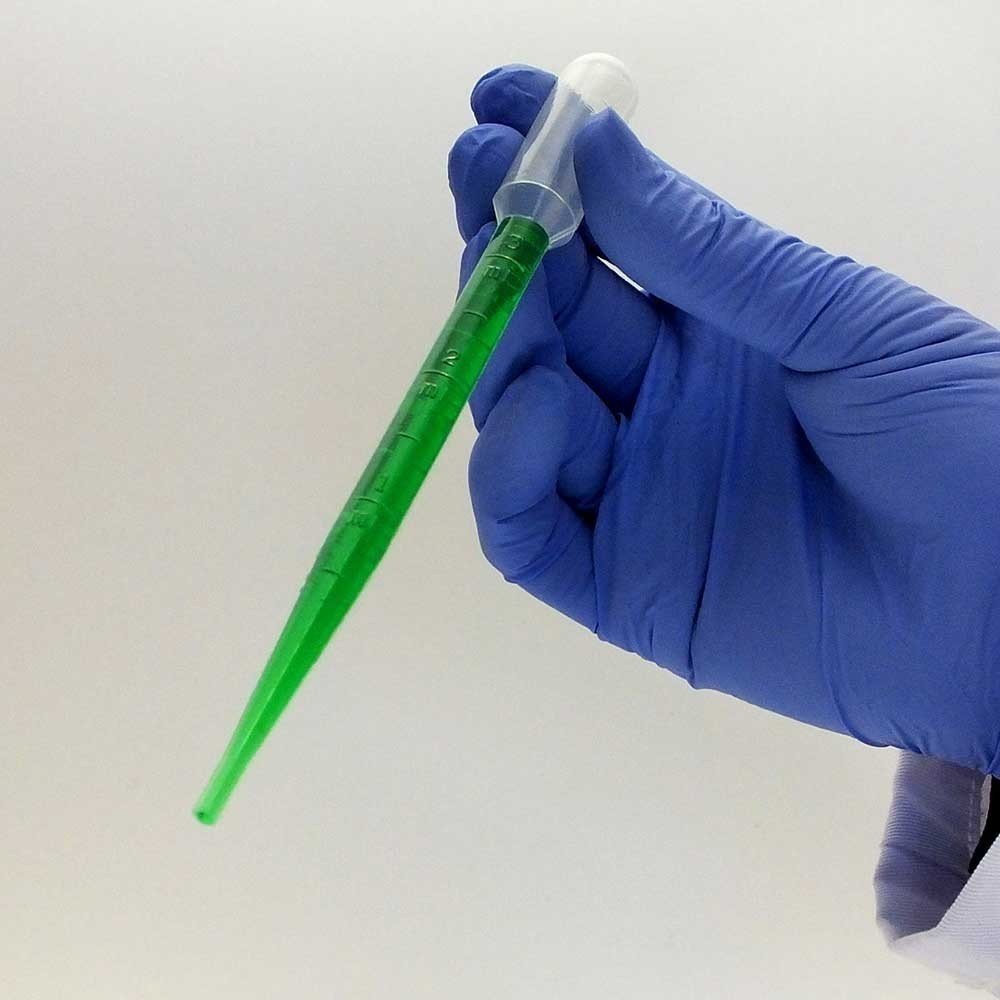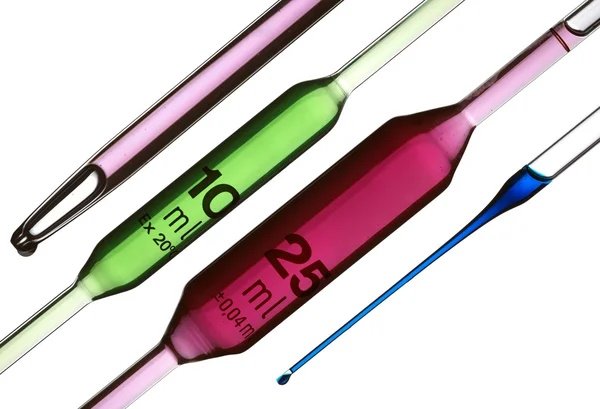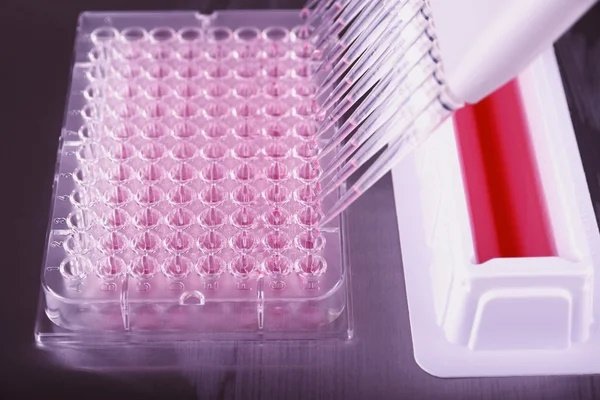Selection and Use of Pipettes: The Importance of Using the Right Tool in Laboratories

The story began 60 years ago, in 1957, when 32-year-old doctor Heinrich Schnitger joined Theodor Bücher’s research team at the Institute of Physiological Chemistry at Marburg University, Germany, to test and measure optical enzymes. Over the years, pipettes have been modified for various specialized uses.
The word "pipette" is derived from the French word "pipette," meaning "small tube." A pipette is a common laboratory tool used to draw and transfer small volumes of liquid.
Different Types of Pipettes Used in the Laboratory


Volumetric Pipette: Volumetric pipettes are designed to measure a single fixed volume. They are typically used in chemical analyses, such as titration. The bulb in the middle of the pipette is calibrated to hold a precise volume. This type of pipette is ideal for tasks requiring the highest accuracy.
Serological Pipette: Serological pipettes are commonly used in cell culture and biochemistry laboratories. They are graduated, allowing the measurement of various volumes of liquid. With one pipette fill, multiple volume measurements can be made, making them versatile. These pipettes can be made from plastic or glass and can be either disposable or reusable.
Pasteur Pipette: Pasteur pipettes are simple glass pipettes used to transfer liquids quickly. The pipette tip is narrow, and a rubber bulb is attached to the top. They are typically used for transferring small volumes of liquid where precise measurement is not required.
Micropipette: Micropipettes are modern pipettes that enable the precise transfer of very small volumes of liquid. They are commonly used in molecular biology and genetics laboratories. Micropipettes allow users to set specific volumes for liquid handling, providing high-precision results. They are used with different tips, allowing a range of volumes to be processed. Modern micropipettes, like Borox, stand out for their user-friendly design and reliability.
Multichannel Pipette: Multichannel pipettes are preferred when multiple samples need to be taken or dispensed simultaneously. They are commonly used in fields such as genetics, cell biology, and high-throughput screening. With 8- or 12-channel models, they save time and improve efficiency, especially in plate-based experiments.


Factors to Consider When Choosing a Pipette
When selecting a pipette, several key factors should be considered:
Accuracy and precision: The accuracy of the experiment and the required liquid volume determine the correct pipette choice.
Frequency of use: Ergonomic pipettes should be chosen for long-term use.
Type of liquid: Pipettes made from the appropriate material should be used for liquids with aggressive or volatile chemical properties.
Borox Micropipettes offer an innovative solution for all pipetting methods. Designed with user comfort and efficiency in mind, they deliver accurate and consistent results every time, ensuring flawless performance.
